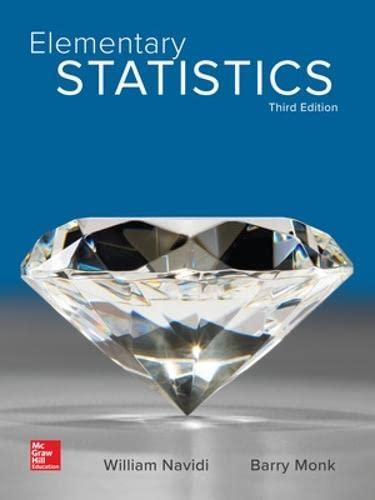Binomial probabilities are often hard to compute by hand, because the computation involves factorials and numbers raised
Question:
Binomial probabilities are often hard to compute by hand, because the computation involves factorials and numbers raised to large powers. It can be shown through algebraic manipulation that if X is a random variable whose distribution is binomial with n trials and success probability p, then
If we know P(X = x), we can use this equation to calculate P(X = x + 1) without computing any factorials or powers.
a. Let X have the binomial distribution with n = 25 trials and success probability p = 0.6. It can be shown that P(X = 14) = 0.14651. Find P(X = 15).
b. Let X have the binomial distribution with n = 10 trials and success probability p = 0.35. It can be shown that P(X = 0) = 0.0134627. Find P(X = x) for x = 1, 2, ..., 10.
Fantastic news! We've Found the answer you've been seeking!
Step by Step Answer:
Related Book For 

Question Posted:





